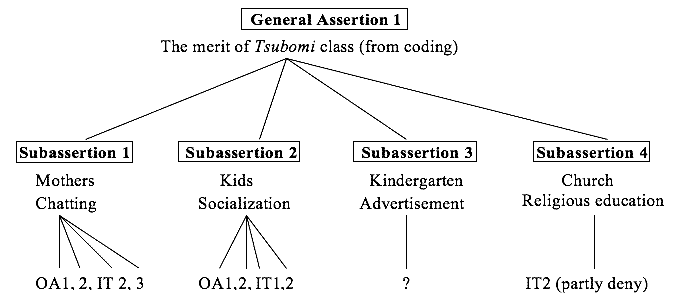May. 10 - 11, 2008. Kyoto, Japan: Doshisha University Shinmachi Campus. (pp. 21 - 26)
Ethnographic research: Children's socializing processes in a Japanese pre-kindergarten classby Wakako Kobayashi (Kunitachi College of Music) |
| Abstract |
|
The purpose of this study is to investigate the socializing processes of six Japanese pre-kindergarten kids. Three main theoretical frameworks were adopted: (1) data as exemplar, (2) the notion of learning in a community of practice, and (3) a concern for the validity of longitudinal research. Participants included one main teacher, a sub- teacher, six three-year-old kids and their mothers. The data was collected in the fall of 2007 by observing multiple interactions over a 120 minute time frame and interviewing the sub-teacher and two mothers. This data was analyzed on the basis of general descriptive analysis, disconfirmatory analysis, and in vivo coding of an emergent list. This study concludes by discussing prejudice concerning gender education and cultural schemata. Keywords: ethnography, socialization, interview, observation, Japanese pre-kindergartens  |



